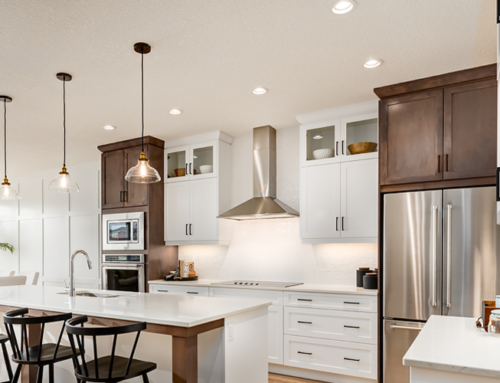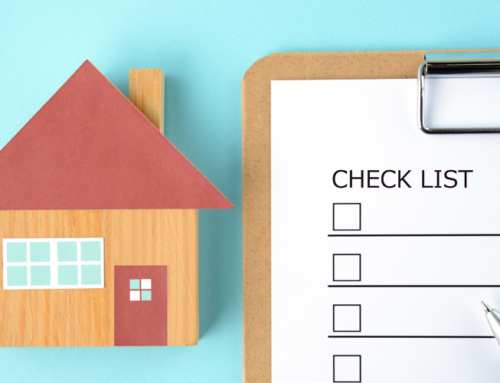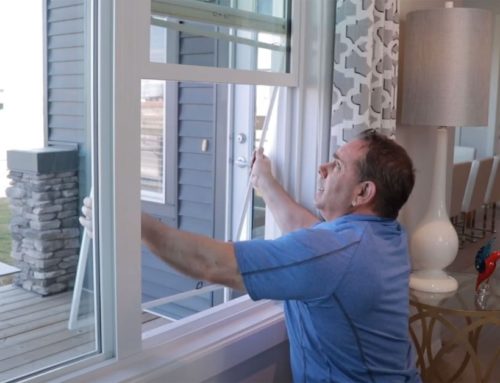 Winter is here, there’s no denying it! Winterizing your home ensures that you’re going to be nice and comfortable all season long. Basic maintenance is a regular practice for both new and old homes. However, you’ll have to deal with less maintenance in a new home, and if you follow these tips, your home will be a very cozy place during the winter no matter how cold Calgary gets this year.
Winter is here, there’s no denying it! Winterizing your home ensures that you’re going to be nice and comfortable all season long. Basic maintenance is a regular practice for both new and old homes. However, you’ll have to deal with less maintenance in a new home, and if you follow these tips, your home will be a very cozy place during the winter no matter how cold Calgary gets this year.
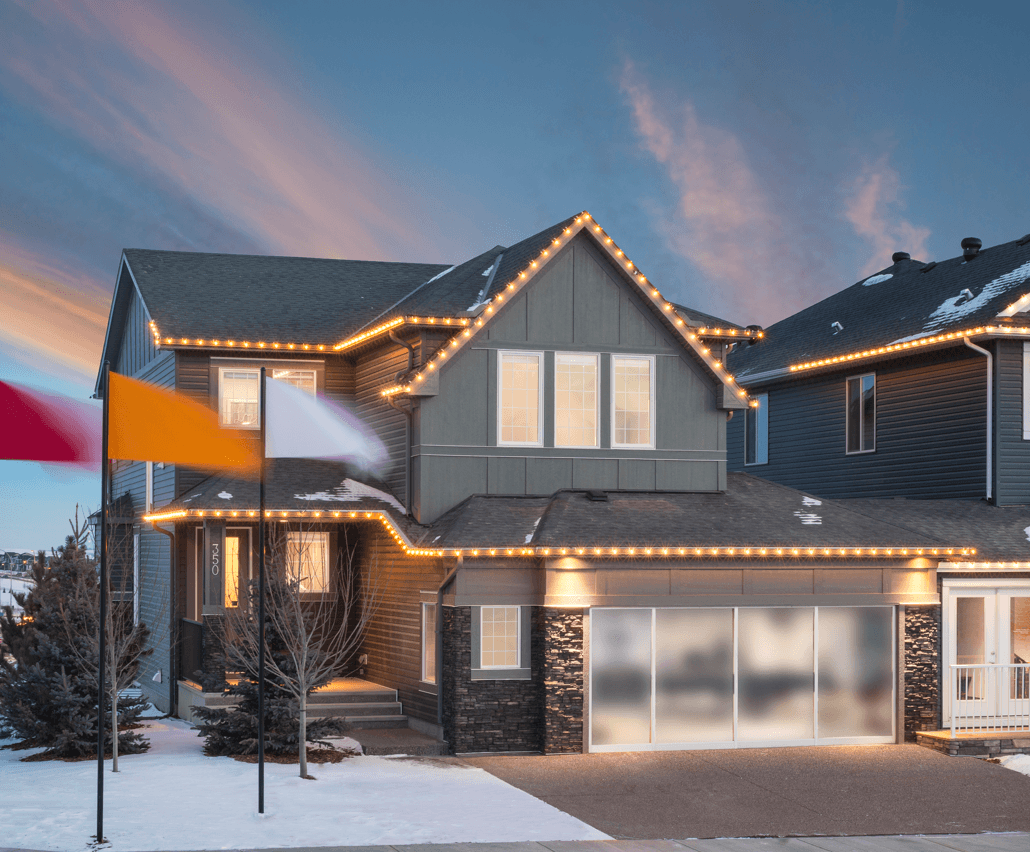 1. Seal Your Ducts
1. Seal Your Ducts
Although this is not an issue you will need to deal with in a new home build, as a home ages, so too does the ductwork. A lot of heated air can escape from these areas, making it harder to keep a house consistently warm. Another advantage that comes with sealing ducts is that it helps to fight against air-born allergens.
2. Clean Your Gutters
This one is important, especially in a climate like Calgary’s where temperatures fluctuate throughout the winter. Eavestroughs (gutters) fill with debris over the summer and autumn months, and we all know it makes sense to clear out the leaves before winter; however, there is more to watch for. Eavestroughs are made of aluminum, allowing them to heat up and melt the fallen snow when the sun shines. Even a minor layer of dust will prevent them from heating up and clearing the snow – this is what causes ice jams and the related damage they can do to your gutters. A quick cleaning after the leaves have fallen will help prevent trouble down the road.
3. Check Weather Stripping
Weather stripping, a small feature that performs a big job, is extremely effective at keeping the cold and debris out of your home. Check around your exterior doors to make sure weather stripping is intact, without any cracks or holes, is fully affixed to your door, and that there are no gaps between the stripping and the door threshold. While you’re at it, tighten up the hinges, threshold, and exterior door catch plates (sometimes called a latch plate, this is located in the side door where the bolt extends into the hole. This regular door maintenance should help you keep the elements out year round.
4. Use Extra Insulation
New homes are more energy efficient which includes the use of quality insulation. However, in an older home especially, you’ll want to double check what shape your insulation is in. Replacing it as needed will help you save on heating costs while keeping you heated in the process. Two of the areas to keep in mind include the ceiling in your basement area and attic floor.
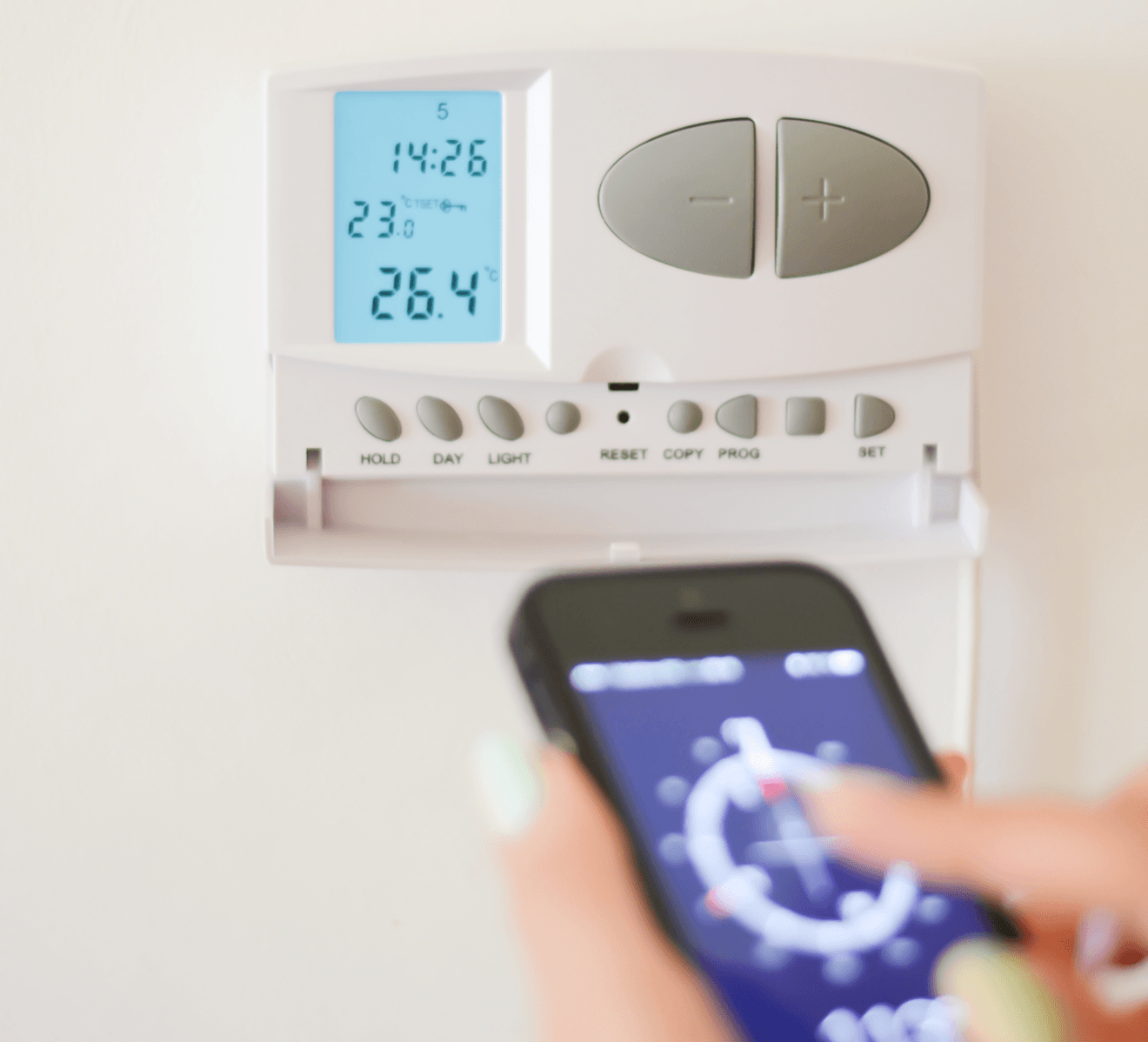 5. Monitor Your Energy Usage
5. Monitor Your Energy Usage
Energy monitors can track your household’s energy and utility bills. This will also allow you to see which appliances or activities are taking up most of your energy. Many homeowners end up changing their habits when they know how much they’re using and what they do that contributes most to their usage.
6. Prep Your Windows
Resist the urge to draw the curtains and forget about winter outside! Keeping your window covers open – between 3’and 6′ from the bottom – will help prevent freezing and condensation on your windows. A new home will have the latest insulation options, minimizing heat loss around the windows and letting you view picturesque winter days without needing a coat inside, but if you live in an old home you may want to invest in a window insulation kit to minimize drafts in throughout the home.
7. Turn Off Your Hose Bib
What is a hose bib, you ask? This is the faucet on the exterior of your home that connects to your garden hose – and turning it off in winter prevents damage and flooding when the weather turns cold. Your hose bib shut off valve will be located in your mechanical room – remember that if you have more than one hose bib, you’ll need to turn each one off. After you’ve done this remember to remove your garden hose from the hose bib(s) outside and empty them of as much water as possible before storing them. Next, turn on the hose bib outside and let any left- over water run out, just to be sure no water is trapped in there over the winter months.
8. Watch Your Water Heater
It’s not uncommon for a water heater’s default temperature to be set higher than necessary. Maintaining your hot water heater in combination with reducing the temperature will help in both respects. As long as you keep your home at a comfortable temperature when bathing or showering, you won’t need a lot of extra heat with your water.
9. Reverse Your Ceiling Fans
Many homeowners are unaware that this simple trick can make a big difference! When the blades turn clockwise instead of the usual counterclockwise, they make it easier to circulate warm air. Taking this little step can help you reduce your heating bills.
As the weather turns, be sure to keep these tips in mind. Winterizing your home will ensure you stay comfy all winter and enjoy getting the most out of your home’s energy-efficient features.
{{cta(’64bf0d24-8b24-4a67-9c7b-b5fecd5b03fd’,’justifycenter’)}}
Photo credits: home vector , thermostat



